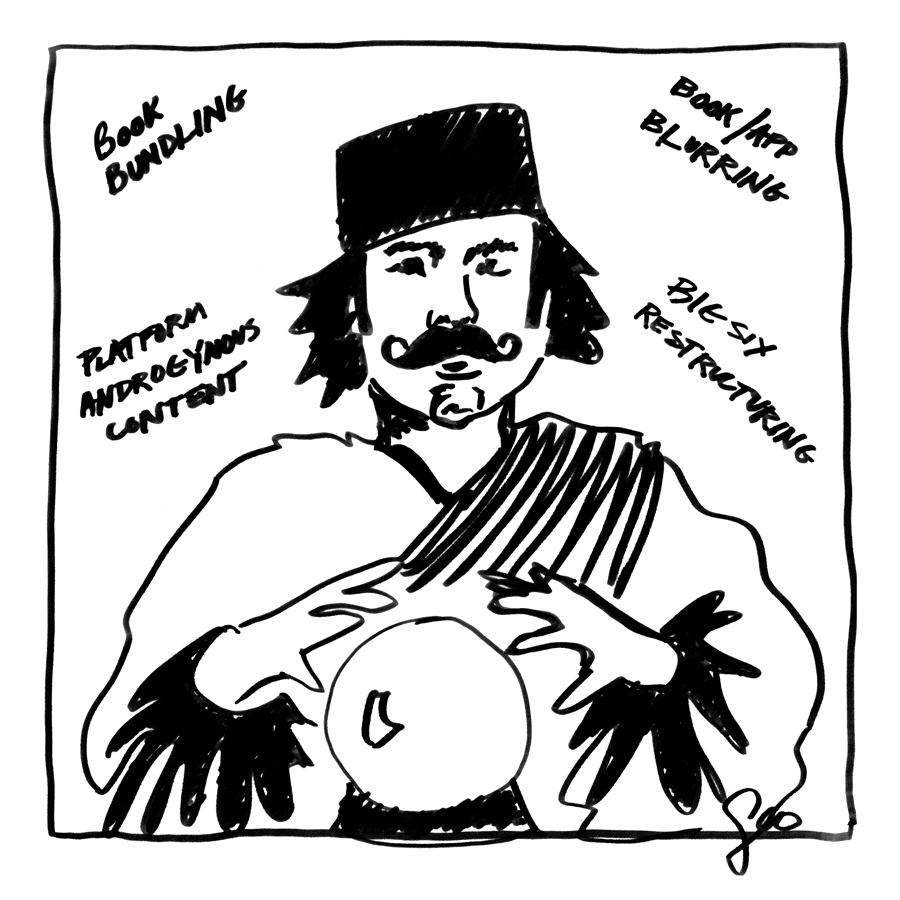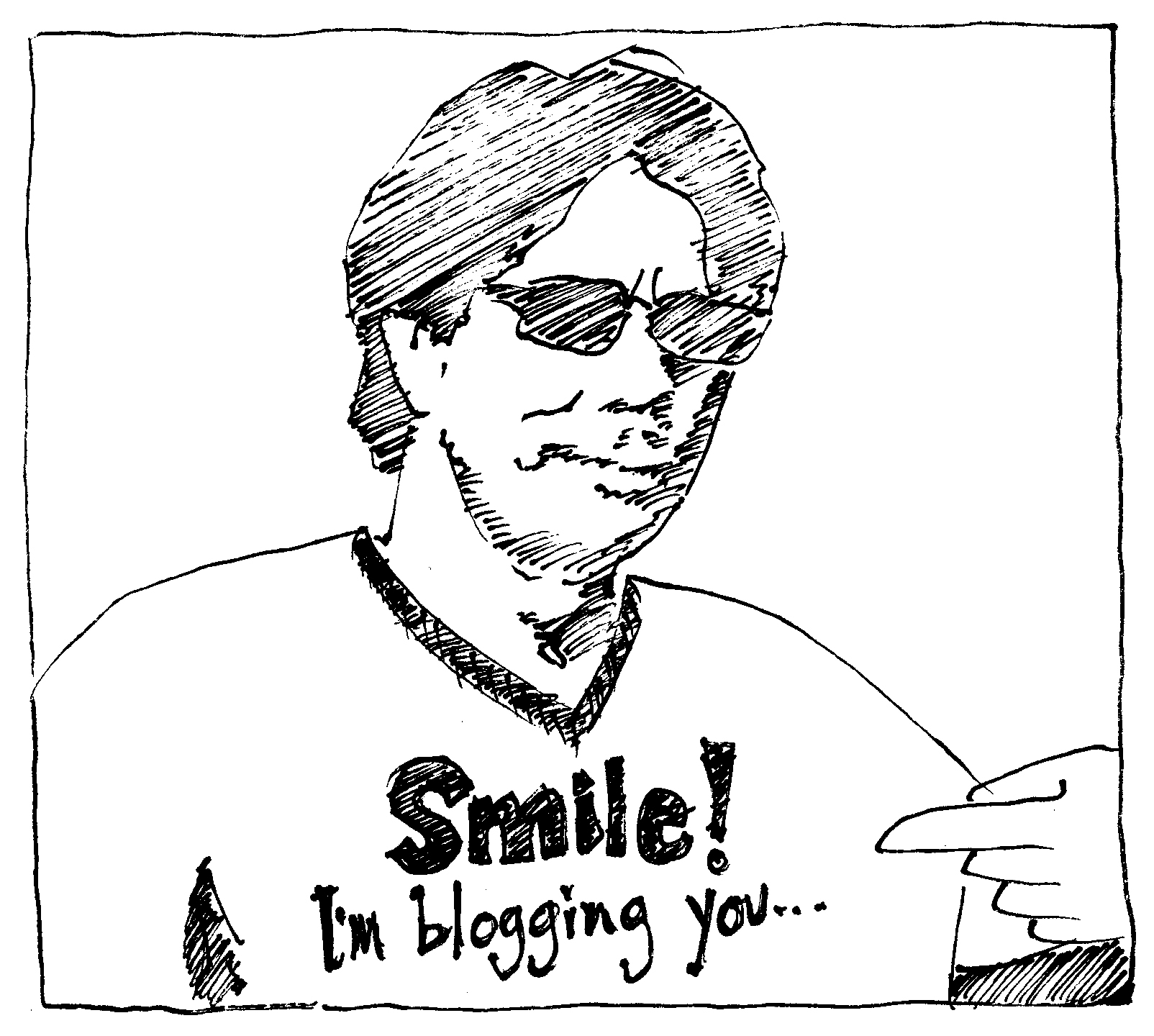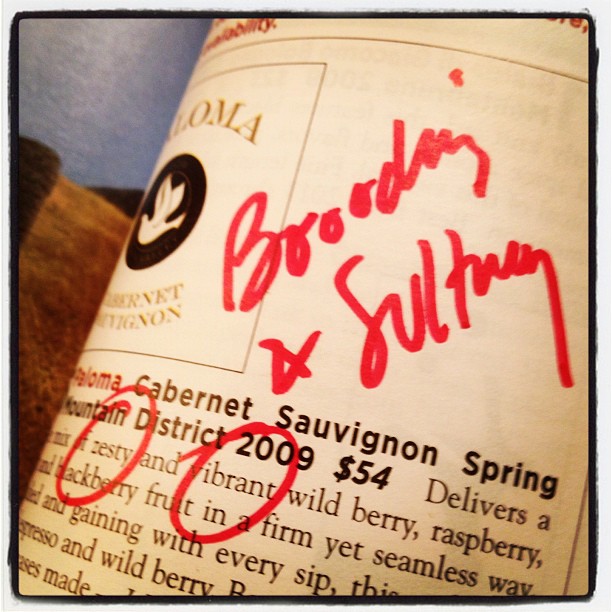Monday Morning Meander
My Mondays typically are energetic, frenetic, anxious. All weekend I’ve been building up To Do lists and massaging my timelines, and by the time I crawl out from under the comforter to share breakfast with Griffin, my Labrador Retriever, my mind is already off to the races.
I suspect that there’s a Monday Morning archetype with lots of other caffeinated-before-your-caffeinated folks who know exactly what I’m talking about. Which validates my suspicions that we all need to break pace for a few moments and meander to refresh the dreams and go juices. If you’re understanding me so far, this post may be for you. Let’s meander together for a few minutes before we pull back into heavy traffic or return to slaying dragons or charming venomous snakes.
Are you social? Digitally social? Plenty gab to be had of late regarding merits and demerits of social networks, but GigaOm‘s recent post, “Do authors have to be social? No, but it helps.“, is worth a look.
Mat Johnson described the people he follows on Twitter as his “dream party guests — interesting strangers whose wit keeps me coming back.” But Johnson also put his finger on another reason that some authors like him have taken to social media like Twitter: the ability to connect directly with potential readers. As he put it: “I’ve never had a single ad for any of my novels, had a movie made or been given a big budget push by a publisher. Usually, they just throw my book out to reviewers and hope it floats. Twitter lets me hijack the promotion plane, sidestep the literary establishment and connect directly to my current and potential audience… It’s a meritocracy; if you’re interesting, you get followed.” (GigaOM: Tech News and Analysis)
I’m borrowing Johnson’s Twitter/dream party guests analogy the next time I try to explain the joys of skinny dipping in the tweet stream to a perplexed (or dismissive) audience. And while I’m thinking about dream party guests, what happened to Kevin Smokler? Was he abducted by aliens? Or is he just giving kevinsmokler.com a fall/winter rest. Back in the spring?
[blackbirdpie url=”https://twitter.com/#!/karlsprague/status/156430329165520897″]
Are you familiar with narrative pollyannaism? Fellow optimist Karl Sprague just introduced me to its antithesis, died in the cloth story skepticism. Economist Tyler Cowen’s TEDxTalk distills the dark, devious, dangers of storytelling in his warning, “Be suspicious of stories“.
Cowen admits a weakness for compelling narratives, but he’s concerned that stories oversimplify our messy lives. He reminds us that stories distort complex human nature, interactions and institutions potentially misguiding us and fueling bias and self-deception.
He’s right, of course.
As Holbert C. Harris Chair of economics at George Mason University and co-author of economics blog Marginal Revolution and an avalanche of economics books, Cowen is right about a lot. And despite taking a few laps to warm up, his dry, self-deprecating sense of humor prevails, gradually softening his admonition. And his nod to Gabriel Garcia Marquez‘s Living to Tell the Tale ultimately won me over.
“Life is not what one lives, but what one remembers and how one remembers it in order to recount it.” (Gabriel Garcia Marquez)
Stories do distort and oversimplify. But so do street signs, the nightly news, education, modern medicine, music and virtually every other human invention. His bottom line?
“Be more comfortable with messy. Be more comfortable with agnostic…” (TEDxTalks)
I can live with that.
And what better way to wrap up than a digital recap of Sunday’s meander? Yesterday John Davis (@trekeast) and I escaped with our brides and progeny for a Parch Pond adventure. This Eddy Foundation wilderness holding includes a handsome pond which was frozen and snow-free, perfect skating. Here’s a clip shot by Mr. TrekEast on his iPhone:
For additional images from the outing, check out “Skating Parch Pond“.
Related articles
- Skating Parch Pond (e-marginalia.com)
- Do authors have to be social? No, but it helps (gigaom.com)
- My tech 2012 wishlist for Twitter, Amazon & Instagram (gigaom.com)
- Mindfulness and Flânerie (virtualdavis.com)



















